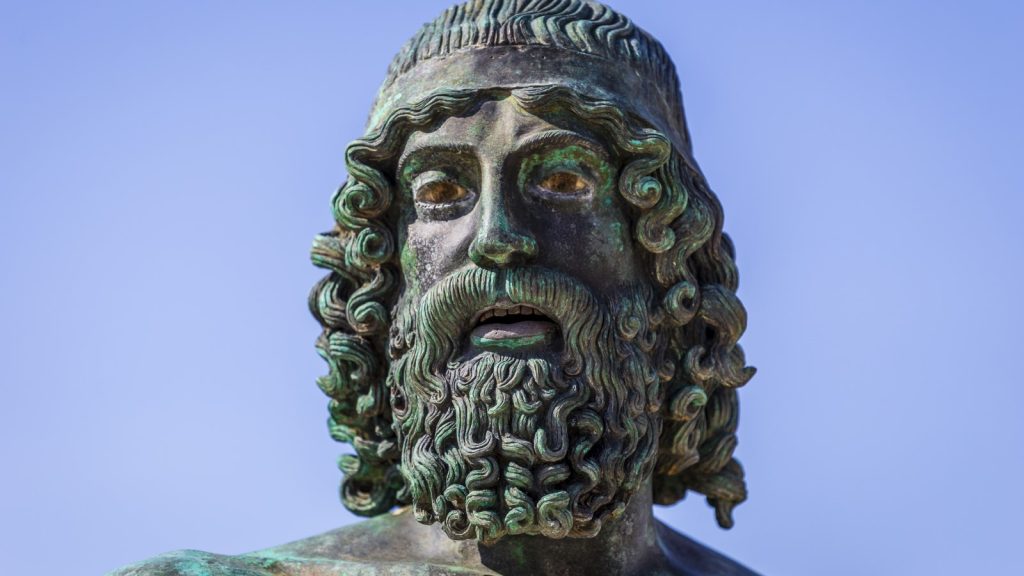There’s something magical about an accidental discovery, especially when it unearths secrets that have been hidden for thousands of years. The thrill of finding priceless artifacts and ancient structures isn’t always reserved for trained archaeologists on dig sites. Often, these discoveries happen by sheer chance—by people who never intended to stumble upon history. Imagine a farmer unearthing a golden hoard or workers striking upon an ancient tomb as they dig the foundation for a building! These incredible finds have rewritten what we know about ancient civilizations, shining light on cultures, stories, and mysteries we might never have uncovered otherwise. Here are 22 of the most astonishing archaeological discoveries that were made purely by accident.
1. Terracotta Army Found by Farmers Digging a Well
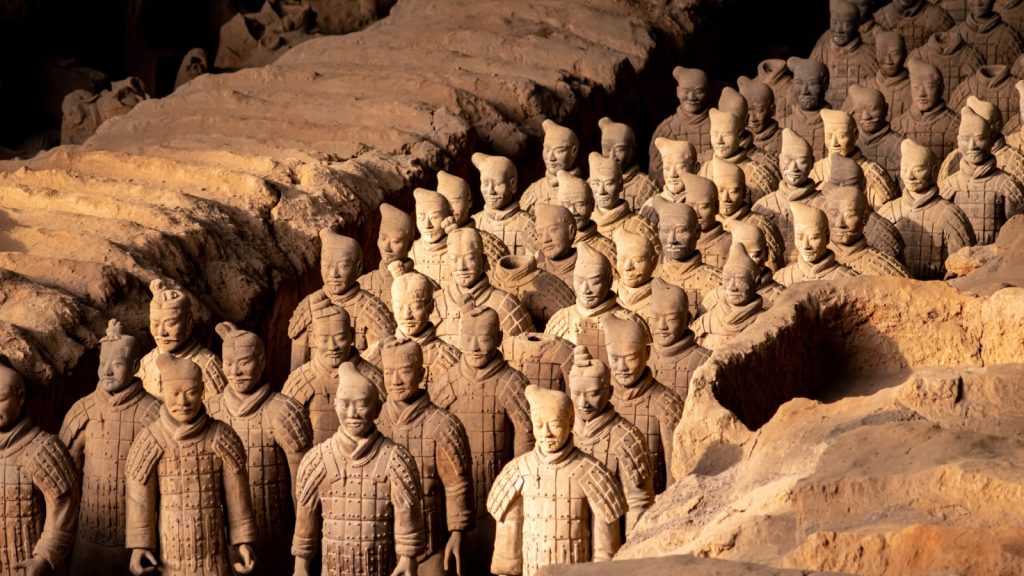
In 1974, farmers digging a well in China’s Shaanxi province struck upon one of the most famous archaeological finds in history: the Terracotta Army. Thousands of life-sized clay soldiers, each with unique facial features, were discovered buried near the tomb of China’s first emperor, Qin Shi Huang. This accidental find has provided unparalleled insight into ancient Chinese art, burial customs, and beliefs about the afterlife.
2. The Dead Sea Scrolls Discovered by a Goat Herd
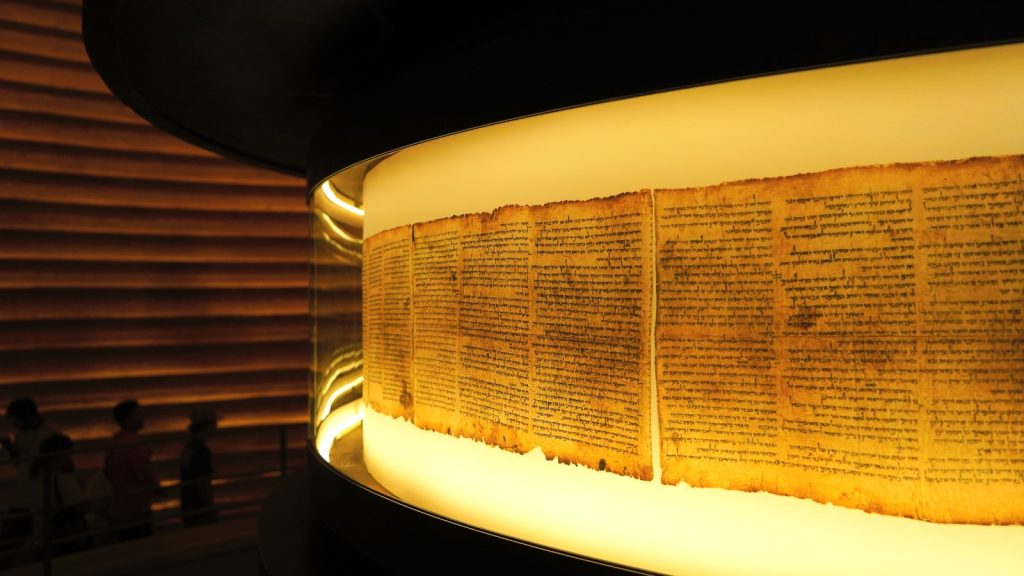
The Dead Sea Scrolls, some of the oldest known biblical texts, were accidentally discovered in 1947 by a young Bedouin shepherd searching for a lost goat. When he tossed a rock into a cave near the Dead Sea, he heard pottery shatter. Inside, he found ancient scrolls that shed light on early Judaism and Christianity, revealing texts lost for centuries.
3. Lascaux Caves Revealed by Teenagers in France
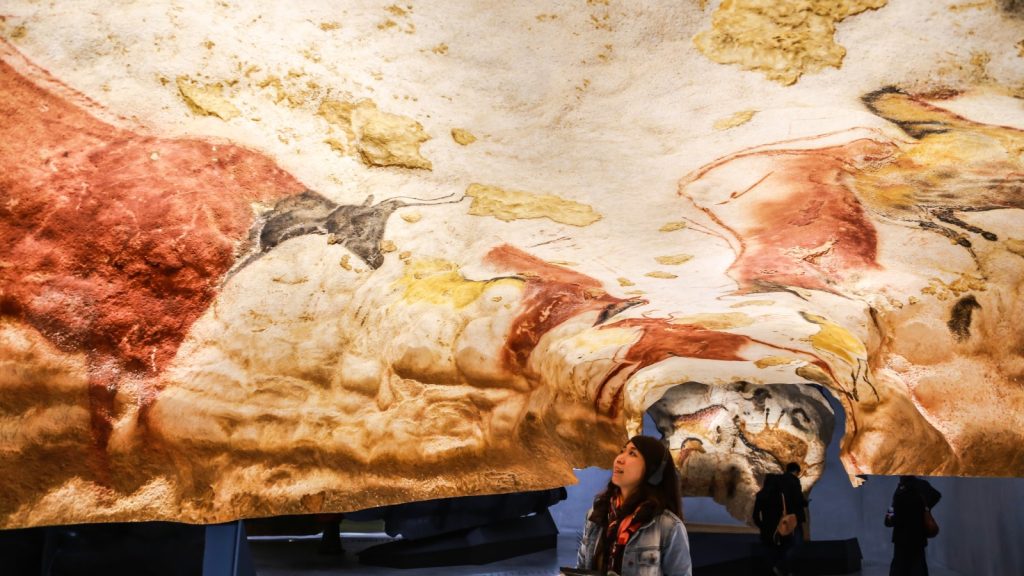
In 1940, four teenagers stumbled upon the Lascaux Caves in France while chasing their dog. What they found were walls covered in 17,000-year-old paintings, depicting animals and symbols in stunning detail. The Lascaux Caves have since become one of the most famous examples of Upper Paleolithic art.
4. Otzi the Iceman Found by Hikers
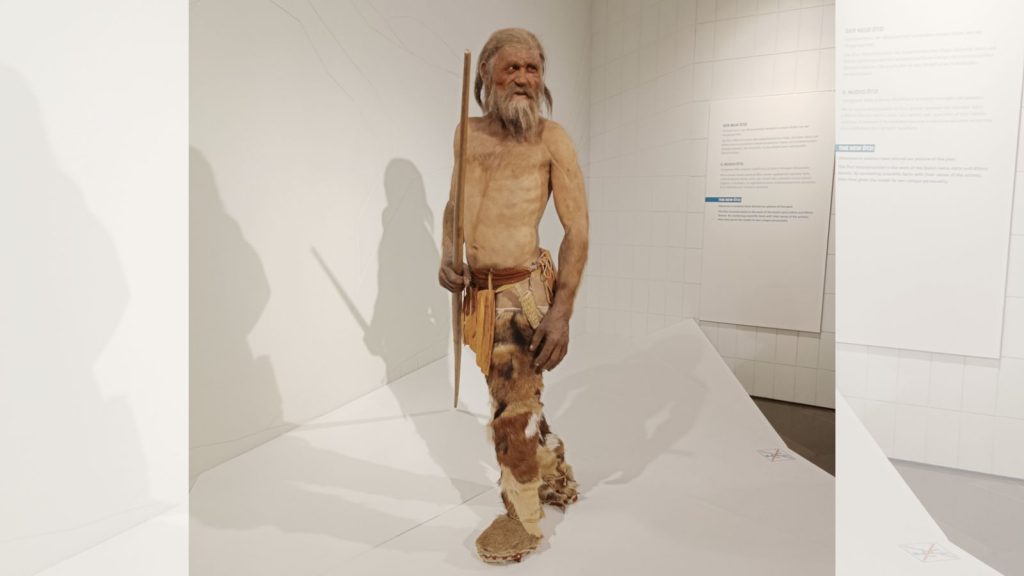
In 1991, two hikers in the Ötztal Alps, near the Austria-Italy border, stumbled upon a frozen body sticking out of the ice. Otzi, as the mummy came to be known, turned out to be over 5,000 years old. This accidental discovery has provided invaluable insight into Copper Age life, diet, and medical practices.
5. Rosetta Stone Unearthed by Soldiers
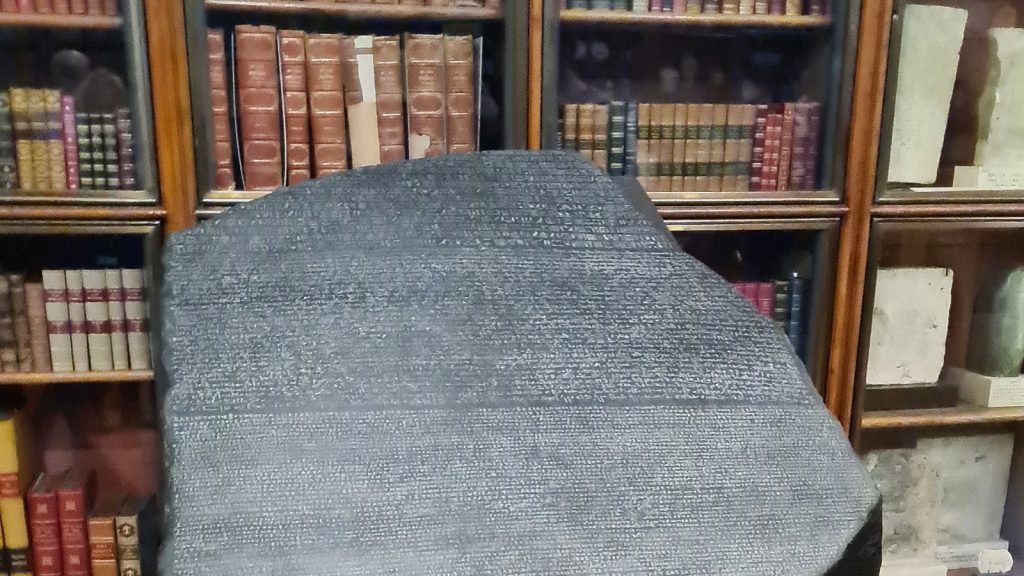
During Napoleon’s campaign in Egypt in 1799, soldiers digging a fort near the town of Rosetta uncovered a large stone slab. The Rosetta Stone, inscribed in three scripts—hieroglyphic, Demotic, and Greek—was key to deciphering Egyptian hieroglyphs and understanding ancient Egyptian civilization.
6. The Peking Man Site Found by Quarry Workers
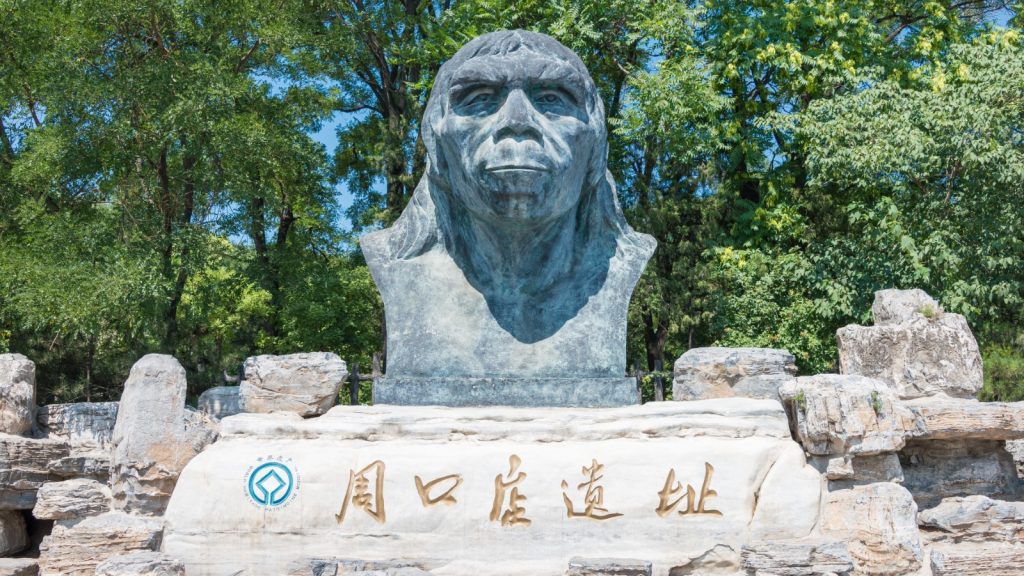
In 1921, workers in a limestone quarry near Beijing stumbled upon fossils that belonged to Homo erectus, a distant human ancestor known as Peking Man. This site has yielded fossils that are nearly 700,000 years old, providing a deeper understanding of human evolution.
7. Sutton Hoo Treasure Revealed by a Curious Archaeologist
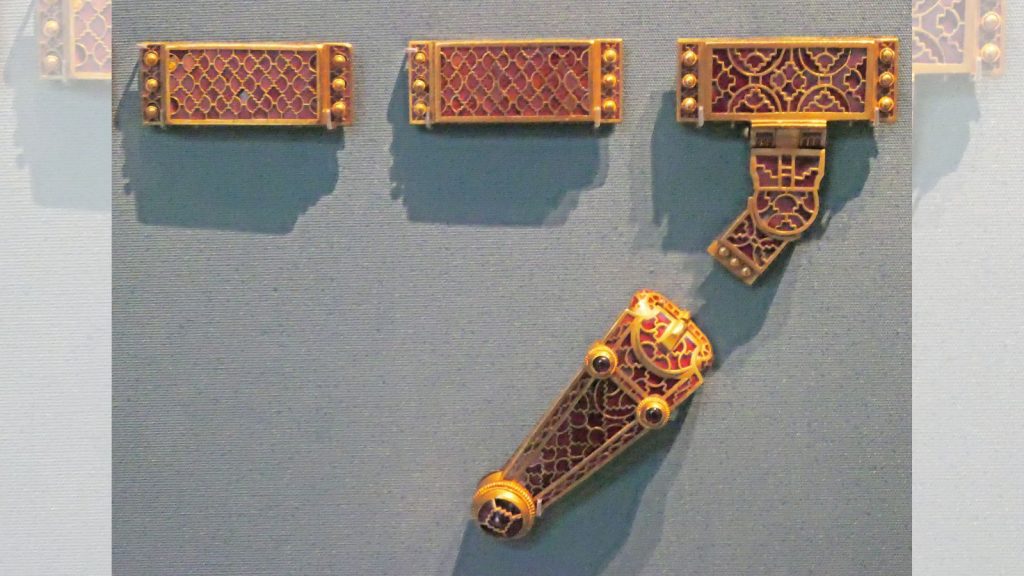
While this one did involve an archaeologist, the famous Sutton Hoo burial site in England was initially investigated on a whim. Local landowner Edith Pretty hired Basil Brown to excavate some mounds on her property, and he discovered a 7th-century Anglo-Saxon burial ship filled with treasures, revealing much about early medieval Britain.
8. Pompeii Rediscovered During Digging
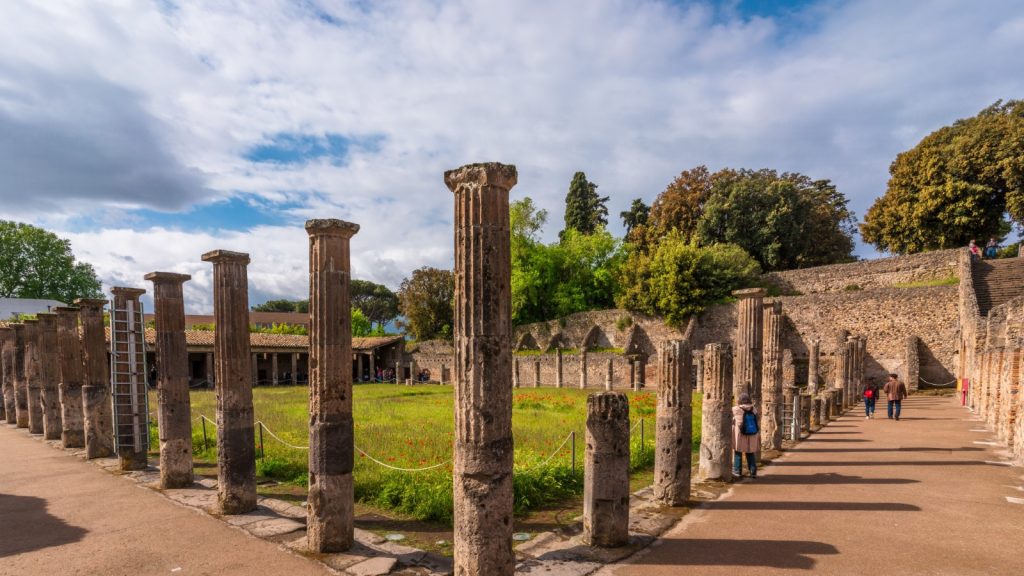
Pompeii, the Roman city buried by Mount Vesuvius in AD 79, was largely forgotten until workers digging an underground water channel in 1599 accidentally stumbled upon it. Later, extensive excavations revealed an astonishingly well-preserved snapshot of Roman life frozen in time.
9. Altamira Cave Paintings Discovered by a Landowner’s Daughter
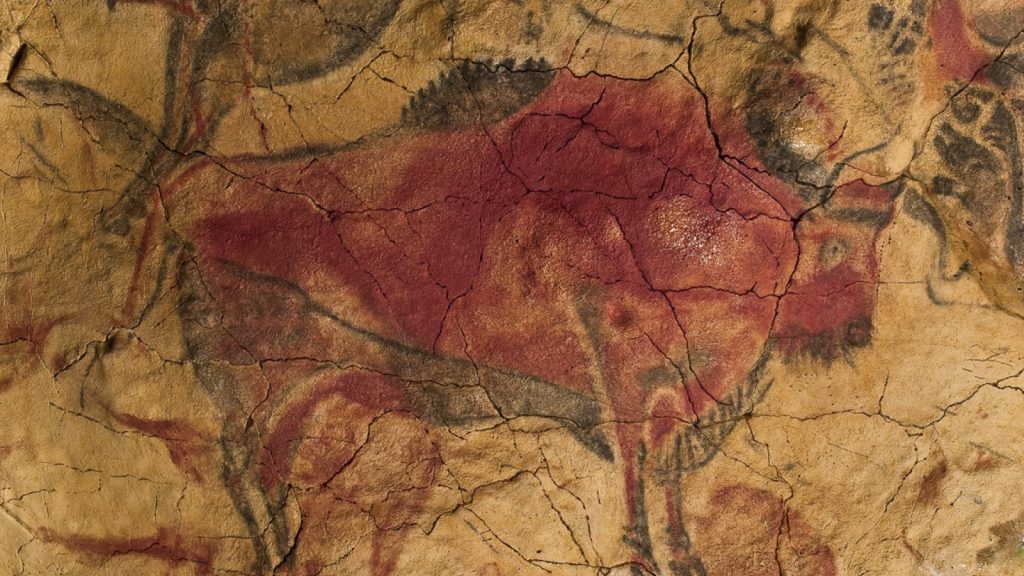
In 1879, a young girl exploring a cave on her family’s property in northern Spain looked up and spotted colorful bison painted on the ceiling. The Altamira paintings, now dated to around 36,000 years old, sparked debate on early human art and its significance.
10. The Venus de Milo Found by a Farmer
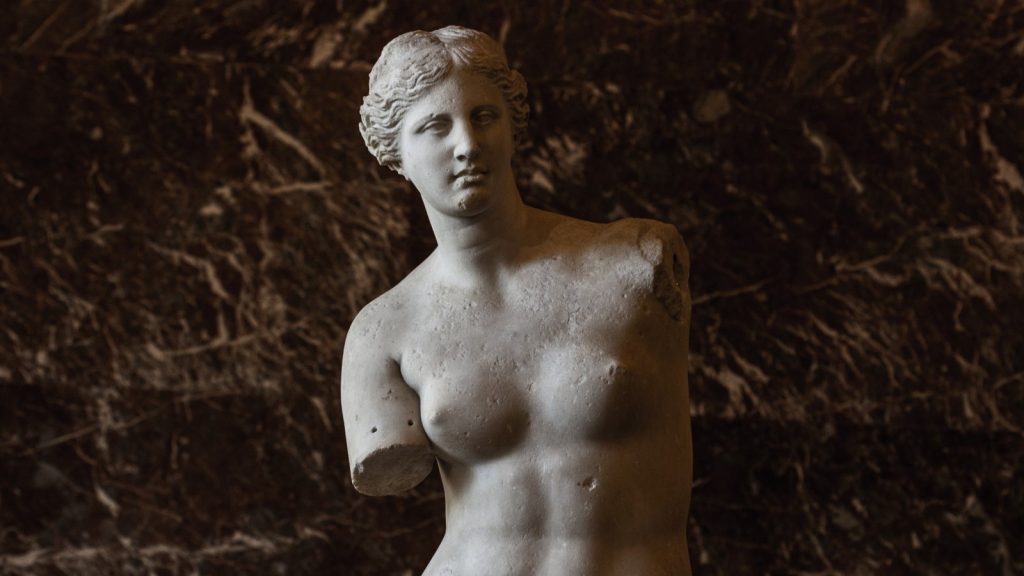
In 1820, a Greek farmer on the island of Milos was digging in his field when he found a broken statue. The Venus de Milo, as it came to be known, became one of the most iconic works of ancient Greek sculpture, now displayed in the Louvre Museum.
11. Black Swan Project Treasure Found by a Treasure-Hunting Firm

In 2007, a treasure-hunting firm accidentally discovered a massive treasure trove in a shipwreck off the coast of Portugal. This “Black Swan Project” find included hundreds of thousands of gold and silver coins, sparking international disputes over ownership and maritime law.
12. Riace Bronzes Discovered by a Snorkeler
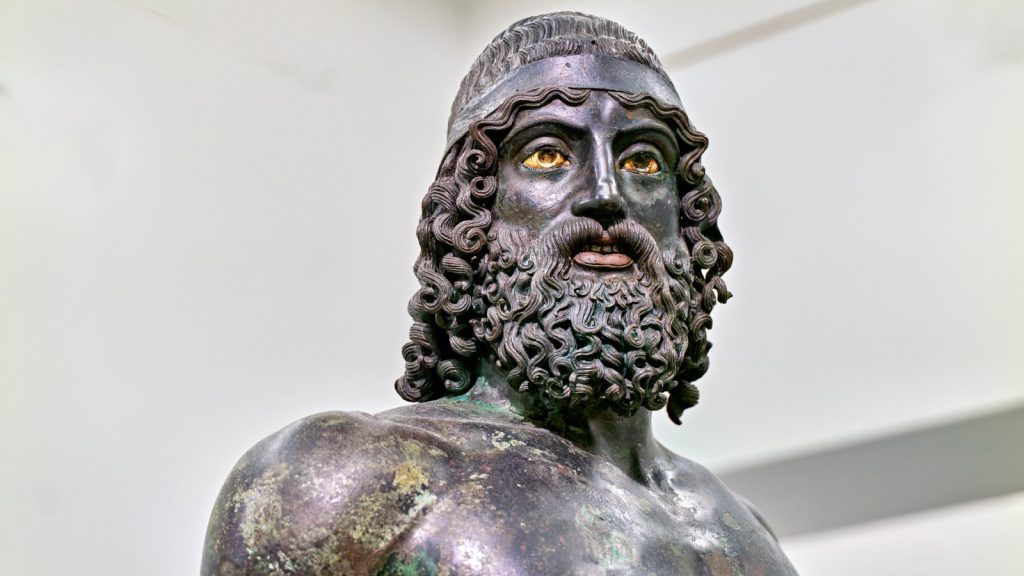
In 1972, an amateur snorkeler off the coast of Riace, Italy, noticed something unusual in the water. He had stumbled upon two perfectly preserved Greek bronze statues, now known as the Riace Bronzes, dating to around 450 BCE. They’re celebrated for their lifelike details and artistic craftsmanship.
13. Chauvet Cave Paintings Found by Explorers
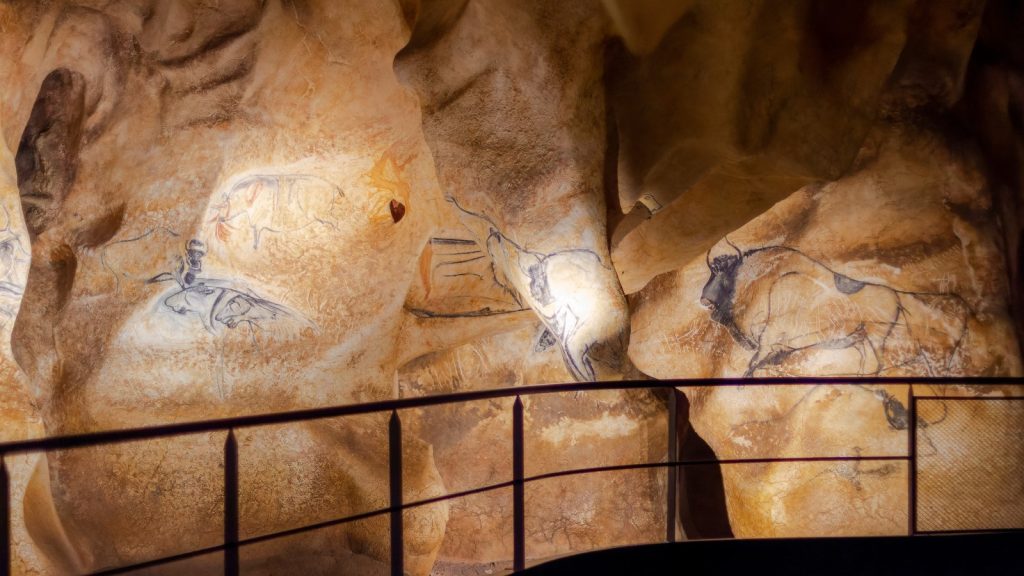
In 1994, explorers in southern France stumbled upon the Chauvet Cave, which contained incredibly detailed paintings of animals dating back around 30,000 years. These paintings are some of the earliest examples of human art and continue to captivate researchers today.
14. Hoxne Hoard Uncovered by a Metal Detectorist
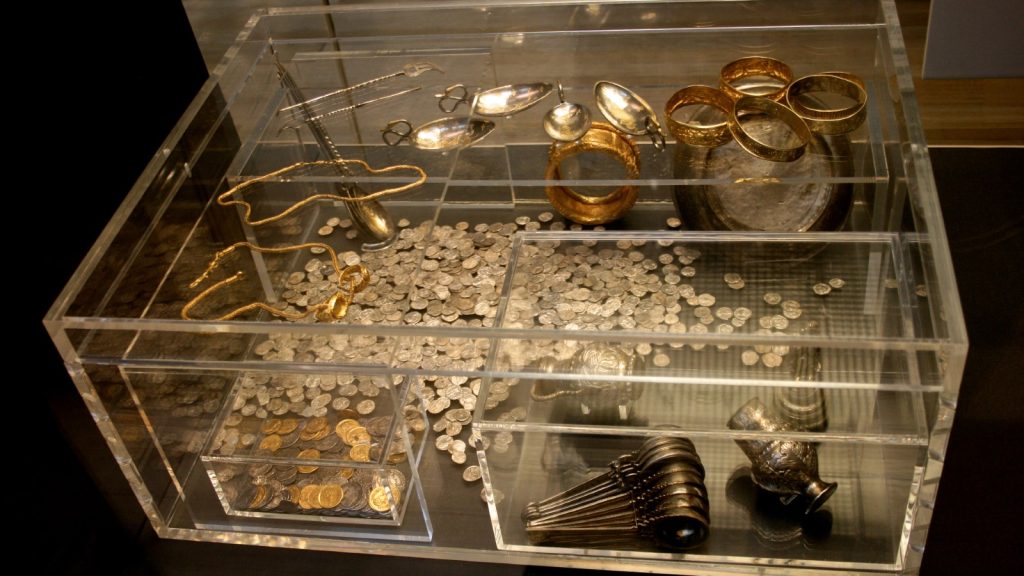
In 1992, a man searching for his lost hammer with a metal detector instead found a treasure trove of Roman gold and silver in Suffolk, England. The Hoxne Hoard is the largest collection of late Roman precious metals discovered in Britain, now housed in the British Museum.
15. Tutankhamun’s Tomb Found by a Water Boy
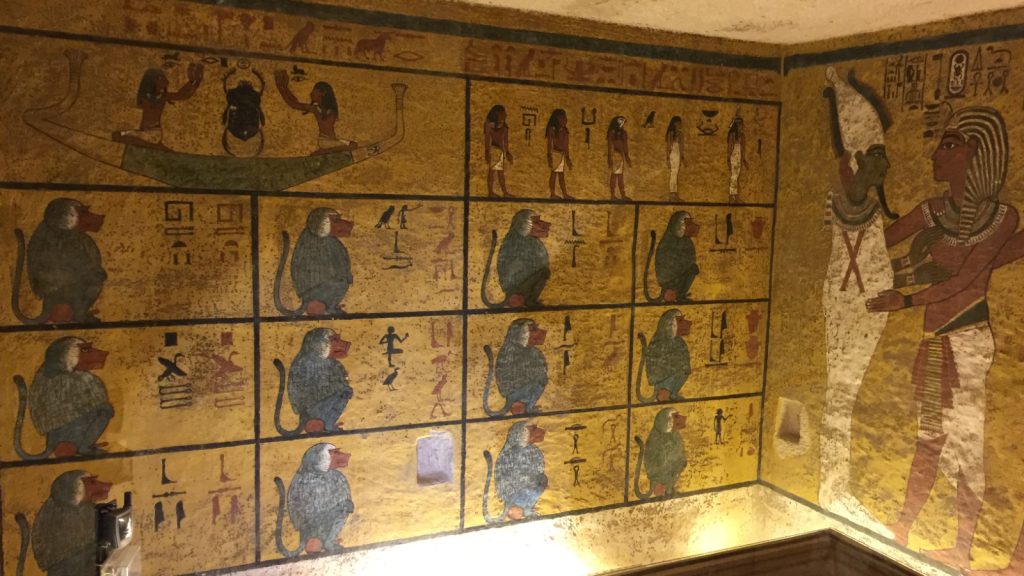
Though Howard Carter is credited with finding King Tut’s tomb, it was actually a water boy who noticed a stone step in the Valley of the Kings in 1922. This small discovery led to uncovering the most intact pharaoh’s tomb ever found, full of treasures and clues about ancient Egypt.
16. Valcamonica Rock Drawings Discovered by Locals
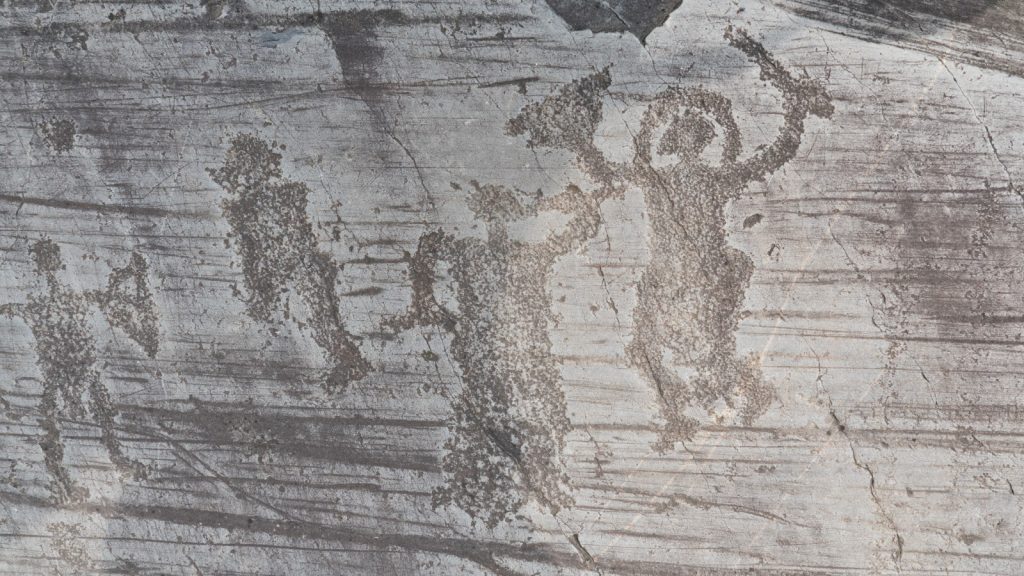
The Valcamonica Valley in Italy is home to over 140,000 rock carvings made by prehistoric humans. These carvings, accidentally discovered by locals, are among the oldest known examples of art in Europe, giving us insight into the daily life and beliefs of early cultures.
17. Machu Picchu Rediscovered by Farmers and Hiram Bingham
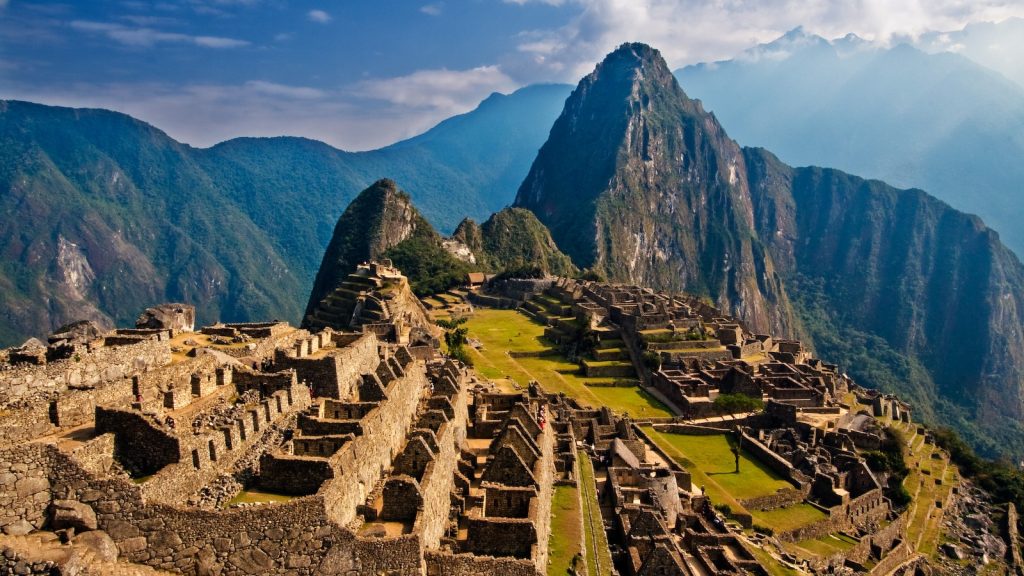
Machu Picchu was hidden from the outside world until 1911, when a local farmer guided American historian Hiram Bingham to the Incan city. This accidental rediscovery brought global attention to one of the most iconic archaeological sites in the world.
18. Viking Treasure Found Under a Farmer’s Field
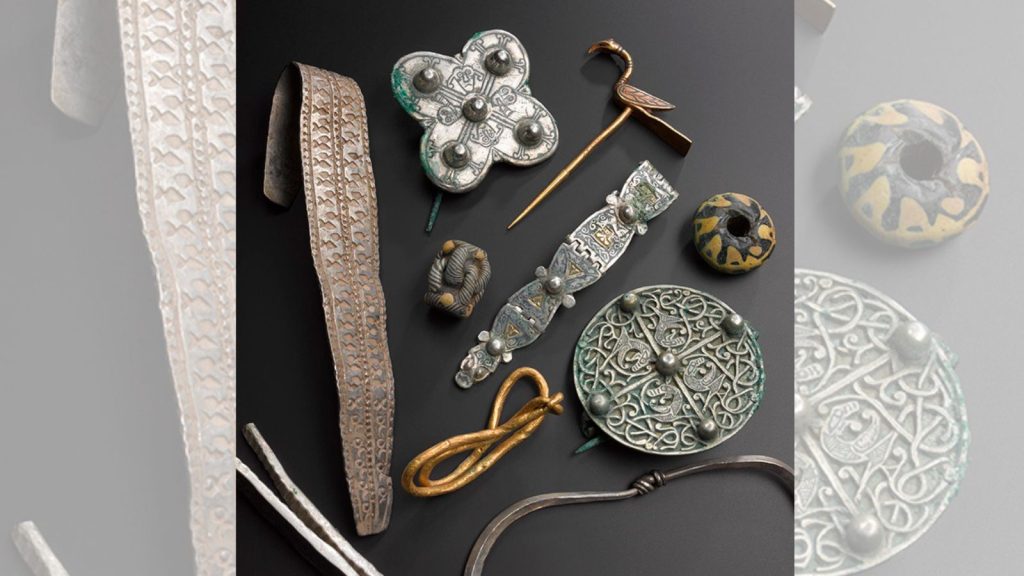
In 2014, a metal detectorist in Scotland found the Galloway Hoard, a collection of Viking-era artifacts, including silver bracelets, gold rings, and rare textiles. The hoard is the largest Viking treasure found in Britain, offering insights into trade and life during the Viking Age.
19. Roman Villa Discovered Under a Wiltshire Garden

In 2017, a British family digging to install a garden pool stumbled upon a mosaic floor. It turned out to be part of a Roman villa, shedding light on Roman Britain and the extent of Roman influence in England.
20. Giant Easter Island Moai Buried Bodies Uncovered
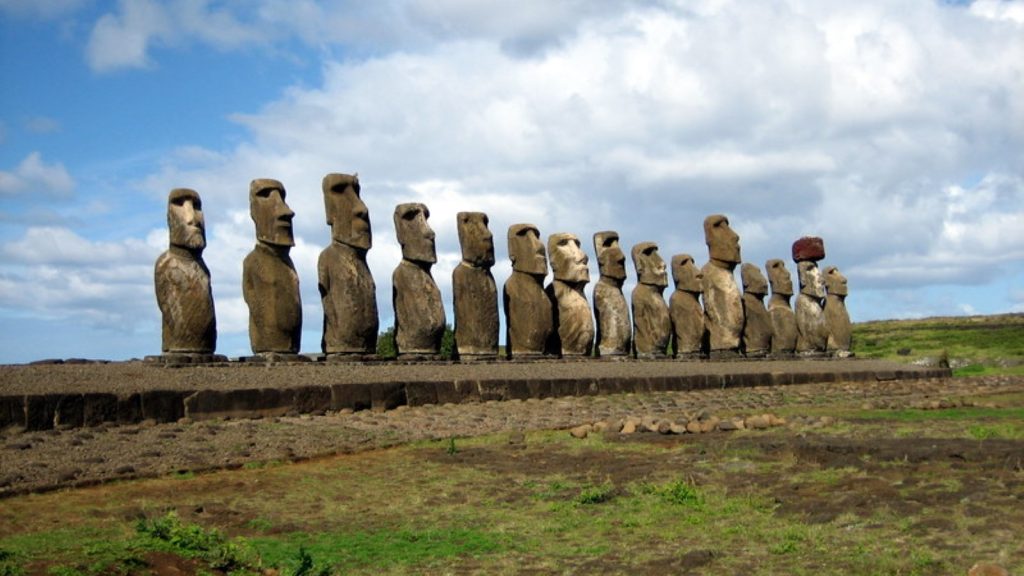
The famous Moai statues of Easter Island were initially thought to be just heads. It wasn’t until recent excavations revealed that the heads were attached to massive, buried bodies. This discovery reshaped our understanding of these iconic statues and their cultural significance.
21. Staffordshire Hoard Discovered with a Metal Detector
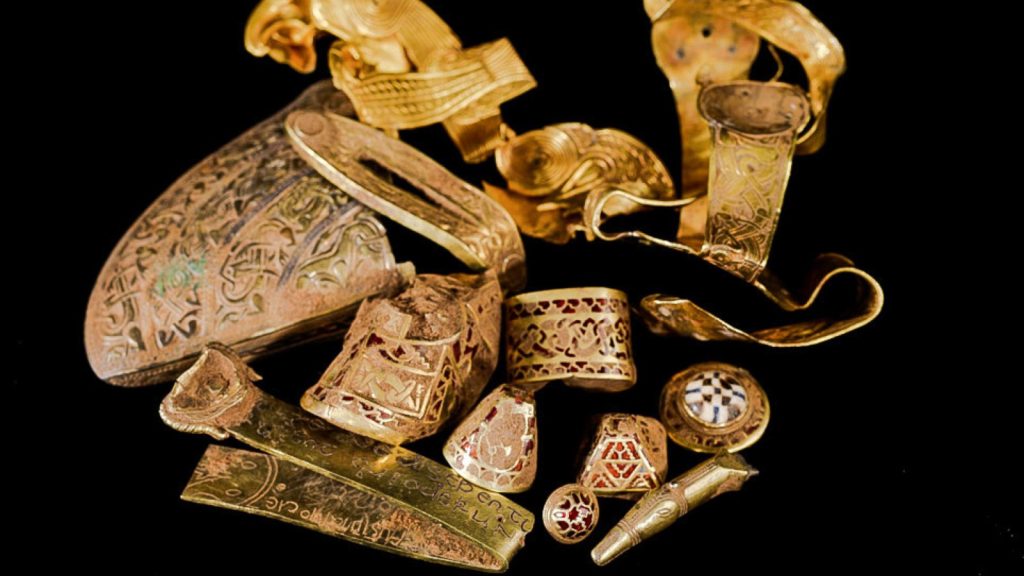
In 2009, a metal detectorist in Staffordshire, England, stumbled upon a massive Anglo-Saxon treasure trove containing gold, garnet jewelry, and weapon fittings. Known as the Staffordshire Hoard, it’s the largest hoard of Anglo-Saxon gold ever found.
22. The Warka Vase Found by Accident
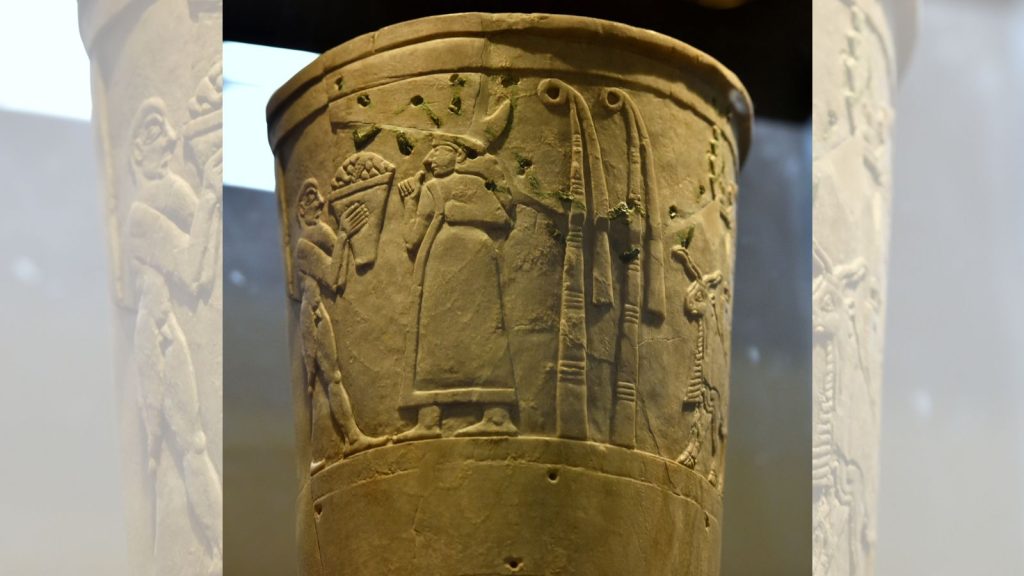
The Warka Vase, one of the earliest known stone carvings from ancient Mesopotamia, was discovered in Iraq in 1933 by locals digging in the ruins of Uruk. This vase provides a rare glimpse into the art, religion, and social life of one of humanity’s earliest cities.
Ellen has been obsessed with logic puzzles, jigsaws, and cryptograms since she was a kid. After learning she was taught how to play chess wrong by a family friend (so they could win), she joined her school chess club and the rest is history.
